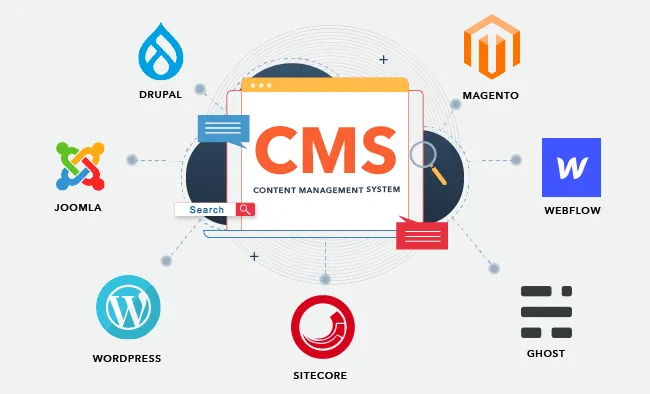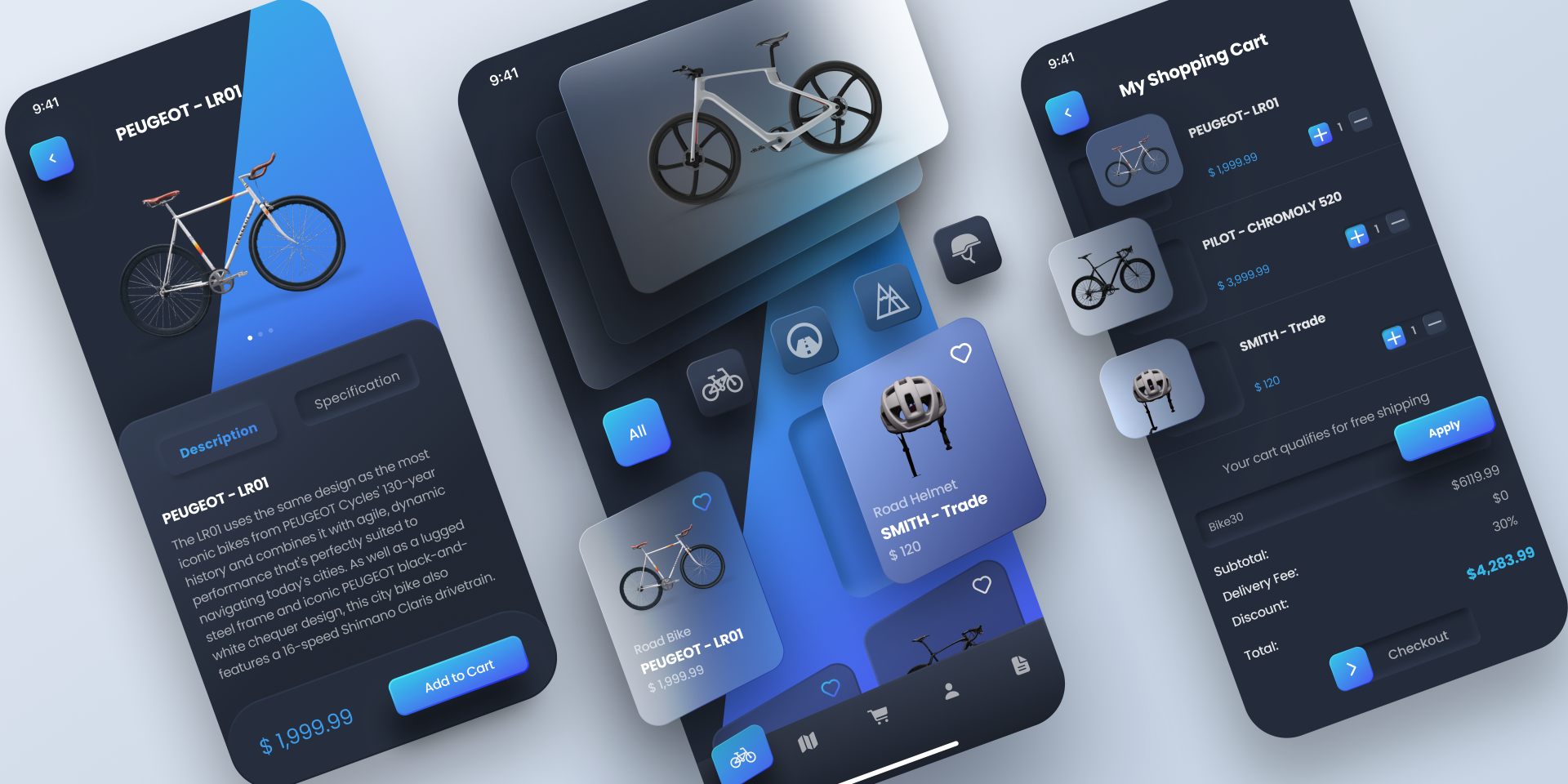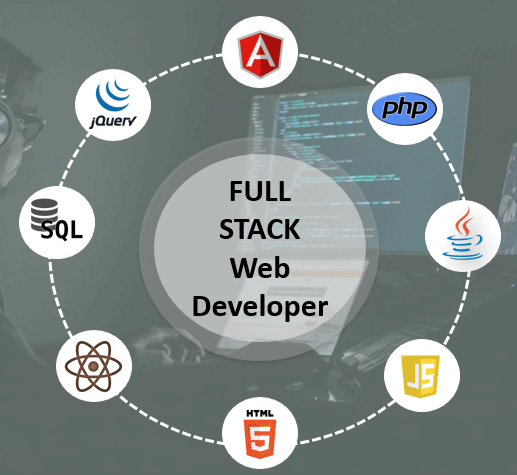
Hybrid app development combines the flexibility of web technologies with the power of a native application. By using frameworks like React Native (developed by Meta) or Flutter (developed by Google), developers can write a single set of code that works on both iOS and Android. This differs from native development, which requires two separate codebases—one for each platform, typically using languages like Swift/Objective-C for iOS and Java/Kotlin for Android.
The Key Advantages of Hybrid Apps ?
-
Cost-Effectiveness: Building and maintaining one codebase is significantly cheaper than developing two separate native applications. This makes hybrid apps a highly attractive option for startups and businesses with budget constraints.
-
Faster Time-to-Market: With a single codebase, development time is reduced, allowing you to launch your product faster. When an update or bug fix is needed, you only have to apply it to one codebase, and the changes are reflected on all platforms.
-
Cross-Platform Compatibility: A hybrid app reaches a wider audience from day one by being available on both the Apple App Store and Google Play Store.
-
Simplified Maintenance: Updates and bug fixes are easier and quicker to roll out since they only need to be implemented once.
-
Access to Native Features: Thanks to a rich ecosystem of plugins and APIs, hybrid apps can access most of a device's hardware and software features, such as the camera, gyroscope, and GPS, providing a near-native user experience.
Popular Hybrid App Development Frameworks
The hybrid development ecosystem is rich with powerful frameworks. The choice of a framework often depends on the project's specific needs, the developer's skill set, and performance requirements.
-
React Native: A JavaScript-based framework that uses a bridge to render native UI components, offering a performance that is very close to native apps. It's a great choice for apps that require a highly dynamic user interface.
-
Flutter: A UI toolkit from Google that uses its own rendering engine to draw every pixel on the screen. This ensures a consistent look and feel across all devices and delivers exceptional performance.
-
Ionic: A framework that uses web technologies (HTML, CSS, and JavaScript) and a WebView to render the app. It's an excellent option for building Progressive Web Apps (PWAs) and simple to moderately complex applications.
The Downsides to Consider
While hybrid apps offer many benefits, they aren't a perfect fit for every project. A key limitation is performance, particularly for graphics-intensive apps like 3D games or complex animations. Because of the extra layer of interpretation (the native container), hybrid apps may not be as fast or smooth as a native app built specifically for a single platform. Additionally, while they can access many native features, some advanced or newer platform-specific functionalities might be more difficult to implement.
Conclusion
Hybrid app development represents a powerful and practical solution for businesses aiming to build a cross-platform mobile presence efficiently. By leveraging a single codebase, it offers a perfect blend of speed, cost-effectiveness, and broad reach, making it an excellent choice for a wide range of applications. While native apps may still hold the edge in high-performance or complex gaming scenarios, the continuous evolution of frameworks like React Native and Flutter is narrowing the performance gap, making hybrid apps a more viable and attractive option than ever before. For many businesses, building a hybrid app is the smartest way to reach a larger audience and get a competitive advantage in the mobile-first world. ?






